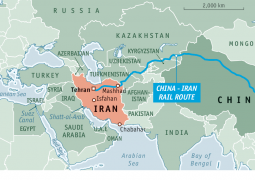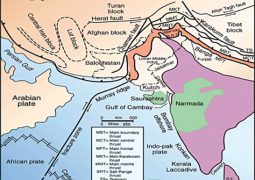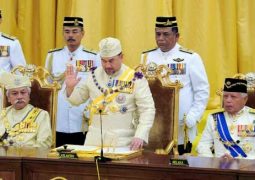Malaysia leads gain in success: Nantional Transformation Plan is a profound success story
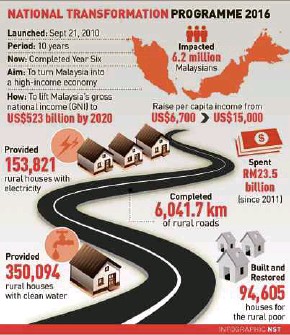
THERE are no perfect economic plans or policies in this world, nor has one ever existed in the history of humankind. And, neither are there perfect economic theories, concepts and philosophies, which have underpinned the basis for the formulation, development and execution of those economic plans or policies.
What is important is that they have clear aims and objectives, as well as detailed and comprehensive mechanisms, programmes or strategies on how to achieve said aims and objectives.
This is, perhaps, one of the crucial features of the National Transformation Programme (NTP), which differentiates itself from previous socio-economic development policies in Malaysia.
Launched on Sept 21, 2010, NTP has shown that having a vision alone is not enough.
Indeed, what is more important is having a clear roadmap and measurable outcomes so that an in-depth, comprehensive, and transparent analysis can be conducted and adjustments can be made accordingly.
Thus, when Prime Minister Datuk Seri Najib Razak presented the NTP Annual Report 2016 recently, the developments and progress can clearly be seen.
Under NTP, key performance indicators are instituted to monitor the implementation of specific programmes laid down to transform the government and the economy.
They are the seven National Key Result Areas under the Government Transformation Programme , plus the 12 National Key Economic Areas (NKEAs) and the six Strategic Reform Initiatives under the Economic Transformation Programme.
It is important to highlight that NTP was formulated at a time when Malaysia was at a crossroads in the aftermath of the 2007/09 Global Financial Crisis and the 1997/98 Asian Financial Crisis.
It was a time when the threat of a middle-income trap was real and Malaysia plunging into a recession and subsequently towards bankruptcy, as seen in some European countries like Greece or Portugal, was a possibility if nothing radical and transformational was initiated.
Thus, business as usual would be seen as a disaster and when Najib took over the premiership, NTP was introduced to transform Malaysia’s economy into a high-income and advanced nation by 2020.
NTP is transformational in the sense that it is both radical and tough, because the aim is not just about achieving a higher growth rate, but also one that is sustainable and inclusive.
Today, seven years on, it is clear that the Malaysian economy is no longer faced with the middle-income trap, and now, as the International Monetary Fund has stated in its latest assessment, the Malaysian economy “has made a significant progress towards achieving high-income status.”
In fact, we are now 18 per cent closer to achieving a high-income status economy as defined by the World Bank.
The big three international rating agencies, Moody’s, Standard & Poor’s, and Fitch, have graded our economy with an “A”, which clearly shows that the economy is not on the verge of recession, let alone plunging into bankruptcy.
The economy is now ranked at the top 20 in the world in terms of competitiveness and ease of doing business.
Thus, it comes as no surprise when a recent survey conducted by United States-based BAV Consulting and the Wharton School of the University of Pennsylvania put Malaysia as the best country to invest in for this year.
This is because NTP has made the economy more resilient and sustainable, where the average growth rate of the gross domestic product (GDP) since its implementation has been maintained above 5 per cent, inflation and unemployment have been kept stable and low, gross national income per capita has increased by more than 50 per cent, private investments have improved, business regulations have been upgraded, with a better pool of educated workforce, and the country is a relatively peaceful nation among the top 30 in the world.
Furthermore, deficit level has been reduced from 6.7 per cent in 2009 to merely three per cent this year, debt to GDP ratio has been kept below the self-imposed level of 55 per cent, unnecessary subsidies have been removed — of which RM22 billion had been saved — and the economy is now less dependent on oil and gas as the source of revenue from around 41 per cent in 2009 to now merely at 14 per cent.
These are just some examples of structural reforms undertaken through NTP, which are very much unpopular politically, but is undeniably the right thing to do from the economic standpoint as it enabled the economy to be more robust, diversified, inclusive, competitive, resilient and efficient.
With the implementation of the 12 NKEAs and the Goods and Services Tax, for instance, the economy is now less vulnerable to many external shocks and uncertainties, as even with the significant drop in global crude oil prices or the slower growth in the developed countries, our economy is still able to register a growth rate of 5.6 per cent in the first quarter of this year.
Of course, the success of the NTP is not just lingering at the macro level as it is efficaciously trickling down to the people.
Enhancing the wellbeing and happiness of the people is yet another distinctive feature of NTP, where no Malaysian is left behind.
The poverty rate in Malaysia now stands at 0.6 per cent, where hardcore poverty has almost been wiped out. About 2.26 million jobs have been created, of which more than one million are high-income jobs.
Both per capita income and household income have improved and, more importantly, the level of income inequality has been substantially reduced.
It is clear that the Bottom 40 and the Middle 40 groups of the population have been given more priority with the 1Malaysia People’s Aid scheme, which has benefited 7.28 million households, and the many affordable and low-cost housing schemes provided to address the rising cost of living in Malaysia.
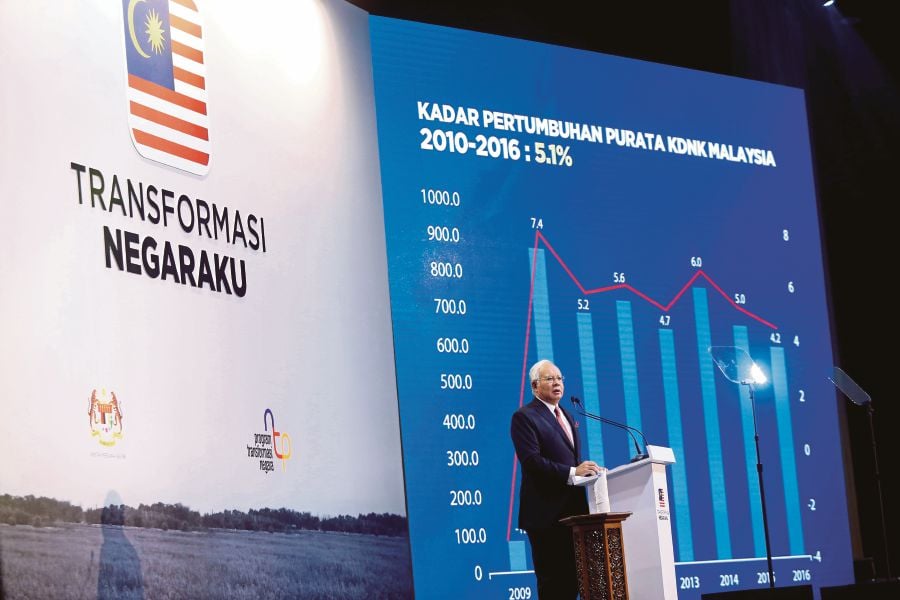
Public transport has seen a significant transformation, with the launch of the Mass Rapid Transit, the Light Rail Link extension project. And, the East Coast Rail Line, the Pan-Borneo Highway, and the High Speed Rail, will no doubt be the real game changer as far as facilitating the growth of the people is concerned.
All these are just some of the real results of NTP, which encompasses the three main dimensions of its target: capital economy, people economy and public happiness.
But the missions are far from over. There are still many issues which needs to be addressed and more needs to be done as NTP has yet to reach its finishing line.
A continuation of discipline and strong political will on the part of the government will certainly give us a guarantee to achieve our common destination at the stipulated time frame.
Dr Irwan Shah Zainal Abidin is the director of the Asian Research Institute of Banking and Finance (ARIBF), Universiti Utara Malaysia
- Previous Destined to be burned in hell, Islamic State Infidels blow up historic Mosul mosque where it declared ‘caliphate’
- Next Is Fire in Mindanao and Davao comes to an end? Remaining Maute positions breached




